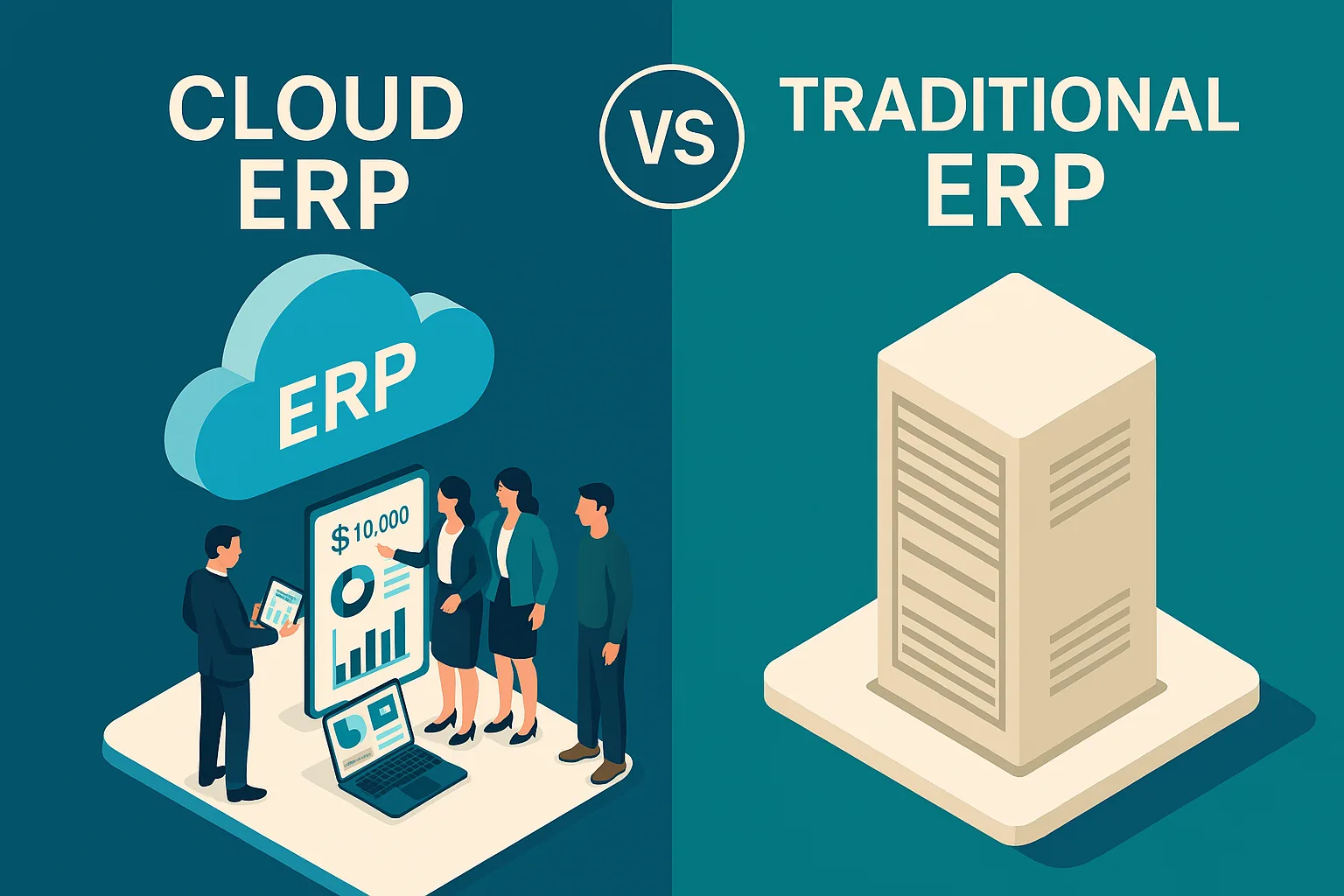In 2025, finance departments are under more pressure than ever. Shrinking teams, increasing compliance mandates, remote work, and rising expectations for insight—not just reporting—are pushing legacy systems to their limits. Enter Sage Intacct with its AI-powered features and automation roadmap. But this isn’t just marketing fluff—it’s solving real bottlenecks in ERP and accounting.
The Problems We See in the Wild
- Invoice overload & errors: Teams paste data manually, leading to typos, duplicate entries, and delayed approvals. 64% of AP teams cited “outdated processes” as their biggest pain. SAP Concur
- Slow month-end close cycles: With manual reconciliations, tracking subledger/GL mismatches, and too many steps, closing can take days or weeks.
- Lack of anomaly detection: Unusual transactions slip through, fraud risks go undetected until audits, and financial controls suffer.
- Scaling complexity: As companies add entities, geographies, currencies, the burden of consolidation and cross-entity mappings grows exponentially.
- Resistance to adoption: Many firms hesitate to adopt automation because of cost, overwhelm, or fear of disrupting existing workflows. Surveys show firms cite implementation time and budget as top blockers. Financial Cents
So the question becomes: can Sage Intacct AI and automation features actually help mitigate these real-world issues?
What Sage Intacct Brings to the Table (Recent Updates)
Copilot & Generative AI Features
Sage introduced Sage Copilot, a generative AI assistant built into Finance workflows. It accelerates close processes, helps detect anomalies, and lets finance users ask natural-language queries like “Which departments exceeded budget last month?” or “Show me invoices pending over 45 days.”
Copilot also handles variance analysis—spotting deviations between actuals and budget and explaining drivers in plain language.
AP + PO Automation
Sage Intacct now uses AI to extract invoice data, categorize line items, and flag duplicates—reducing manual effort by up to 80%. Sage
It has extended that intelligence to PO / purchase order automation, linking invoice processing with procurement workflows. This ensures better alignment between purchase requisitions, orders, and payments.
Smart Closing & Reconciliation
The Copilot Close Assistant tracks subledger-to-GL reconciliations, monitors progress in real time, and alerts you to bottlenecks. FinTech Magazine
Also, automated subledger reconciliation helps reduce manual matching of accounts (especially in project, contract, or fund accounting).
Outlier / Anomaly Detection
Sage’s AI can scan GL and transaction data to find anomalies: based on patterns, detect suspicious entries, or flag when someone posts outside usual budgets or thresholds. altavistatech.com+4baass.com+4IT Pro+4
Speed & Efficiency Gains
Because of AP automation, teams entering 2–3x more invoices with fewer errors becomes possible. Sage
Settings, rules, and learning help the system improve over time.
How These Features Address Real ERP Challenges
- Cutting manual grunt work: Instead of keying invoices, checking every field, reconciling, accountants can review and approve.
- Faster closing cycles: Reconciliation alerts and subledger matching reduce delays.
- Better control and detection: Catching anomalies earlier reduces financial risk, better audit readiness.
- Scalable entities: AI helps make sense of cross-entity transactions, intercompany discrepancies, and consolidations.
- User adoption & trust: Because AI is embedded (not separate), users don’t have to jump between systems. Also, the system learns from corrections, building trust.
The Risks, Trade-offs & How to Mitigate
- False positives & noise: Too many alerts can overwhelm users. Mitigation: start small, tune thresholds, and refine over time.
- Change management: Training and phased rollout matter. Don’t expect full adoption overnight.
- Data quality dependence: AI only works well if your historical data is clean. Garbage in → garbage out.
- Overreliance: Human review must remain in workflow, especially for exceptions.
- Cost & project scope: Firms often underestimate the change effort. Budget buffer, pilot phases, and stakeholder buy-in are critical.
What AccFin Outsourcing Does Differently
At AccFin, we don’t just implement features—we help clients unlock them:
- Pilot-based rollouts: Start AI features with a subset (e.g. AP automation), measure impact, iterate.
- Tuning & threshold setting: Help define alert thresholds, variance bands, and rules tailored to your industry.
- Training + habit formation: Workshops, cheat sheets, control over override policies.
- Continuous monitoring & feedback: We review alert logs, false positives, user feedback to refine models.
- Integration & governance: We tie AI features into your overall ERP, data architecture, and internal controls.
Real Case Snapshot (Hypothetical but Based on Industry Trends)
A mid-size services firm handling 1,000 invoices/month struggled with reconciliation delays and late disbursements. After enabling AI-driven AP automation and Copilot Close Assistant:
- Invoice processing time dropped by 60%.
- Month-end reconciliation reduced from 7 days to 3 days.
- Early anomaly detection flagged 5 misclassifications before posting.
- Team shifted time from clerical work to variance analysis, budgeting, and strategic tasks.
This kind of shift is what many adopters are seeing as AI in accounting moves from theory into practice.
What You Should Do Now
- Assess readiness: Is your data clean? Do you have consistent dimensions, clean GL?
- Choose a small module to start: AP, invoice automation, or variance alerts are good pilots.
- Maintain human-in-loop: Always review flagged items until confidence builds.
- Measure impact: Track time saved, error reduction, user trust metrics.
- Scale gradually: After pilot success, roll into other modules like intercompany, closing, etc.
Closing Thoughts
AI in accounting isn’t about replacing humans—it’s about lifting them to higher-value work. Tools like Sage Intacct’s Copilot and AP automation are already making that shift tangible. But success lies in realistic implementation, good governance, and ongoing learning.
If you’re curious how your organization can benefit—whether starting small or scaling AI across finance—AccFin Outsourcing can be your guide. Let’s talk.
📩 Reach us at info@accfinoutsourcing.com to explore an AI roadmap for your finance team.











